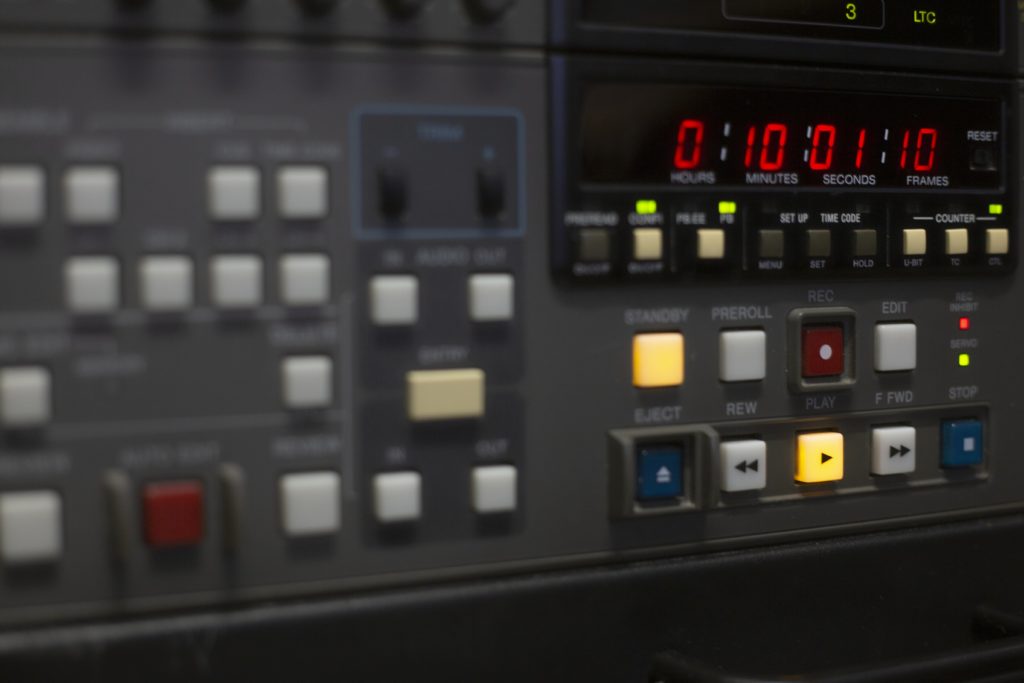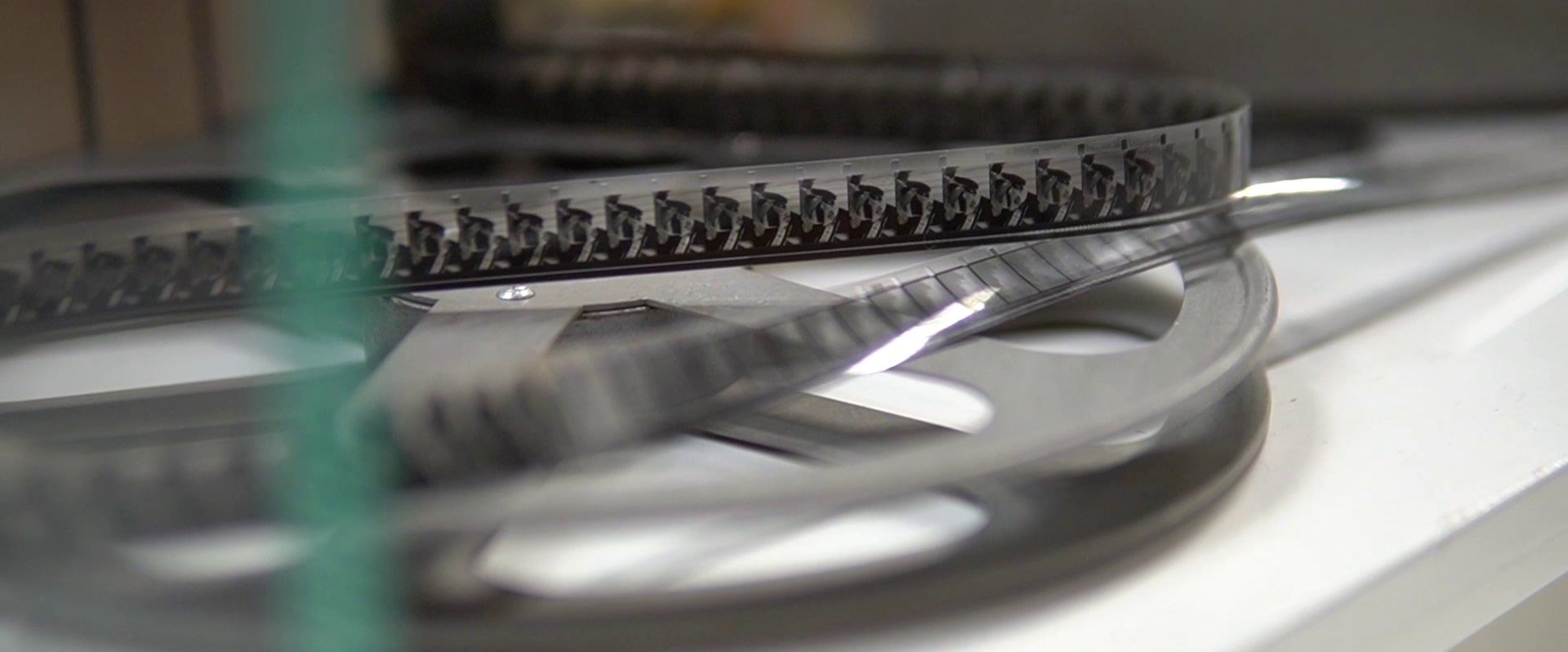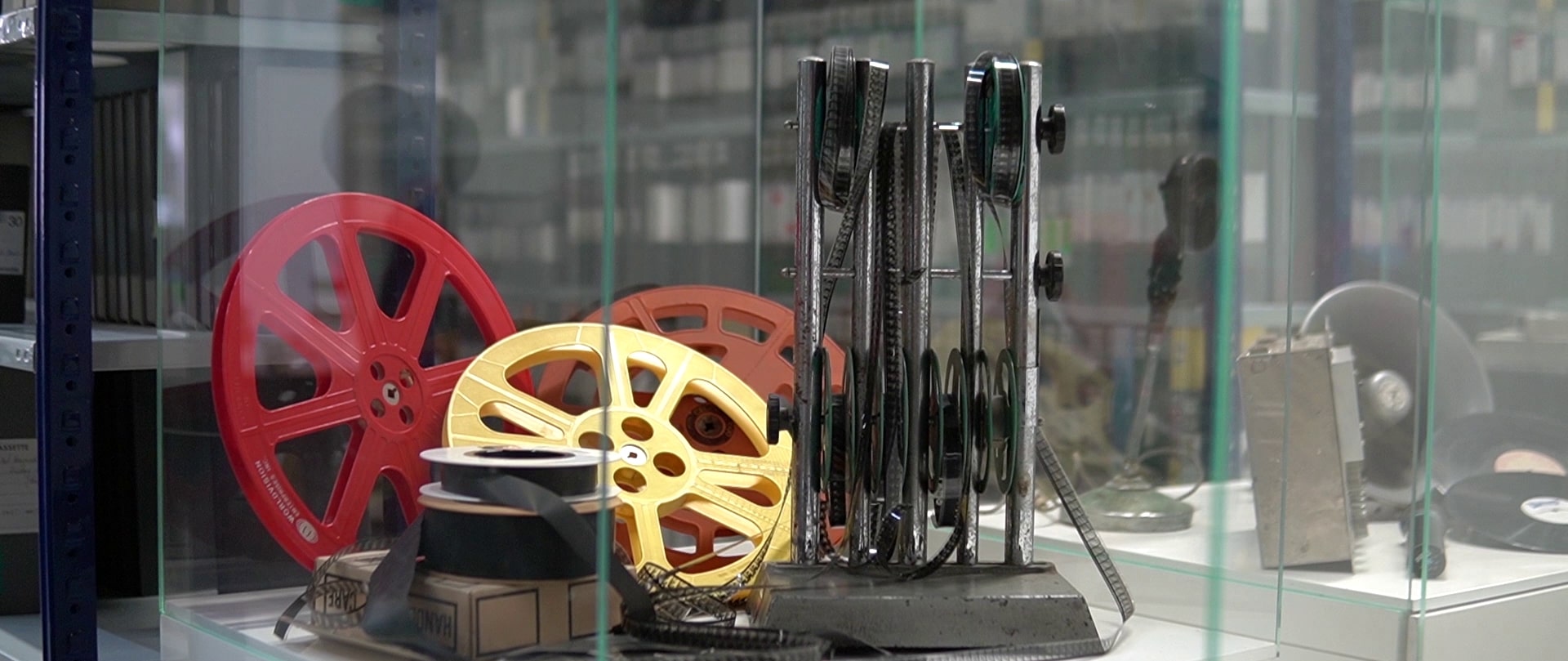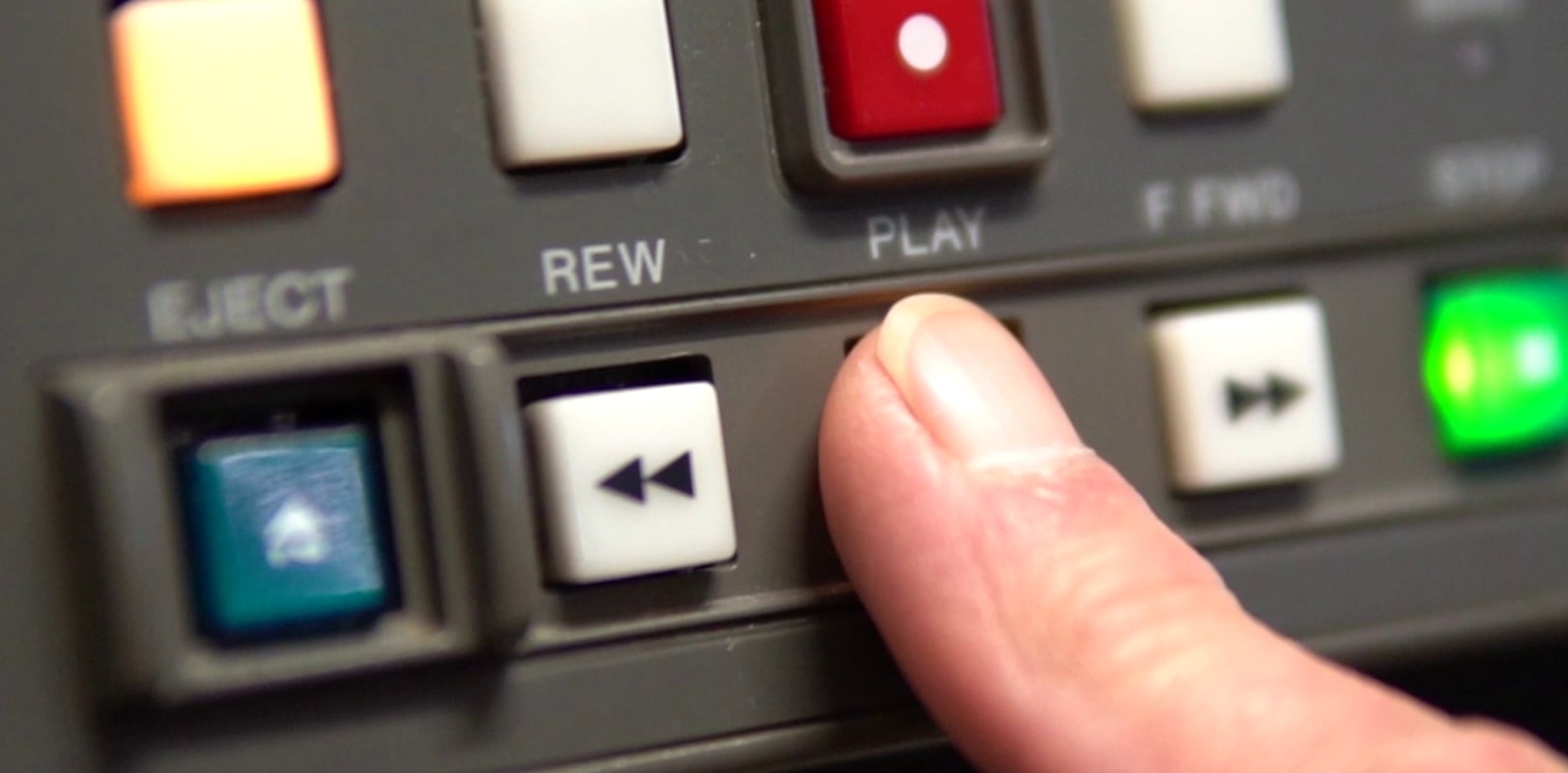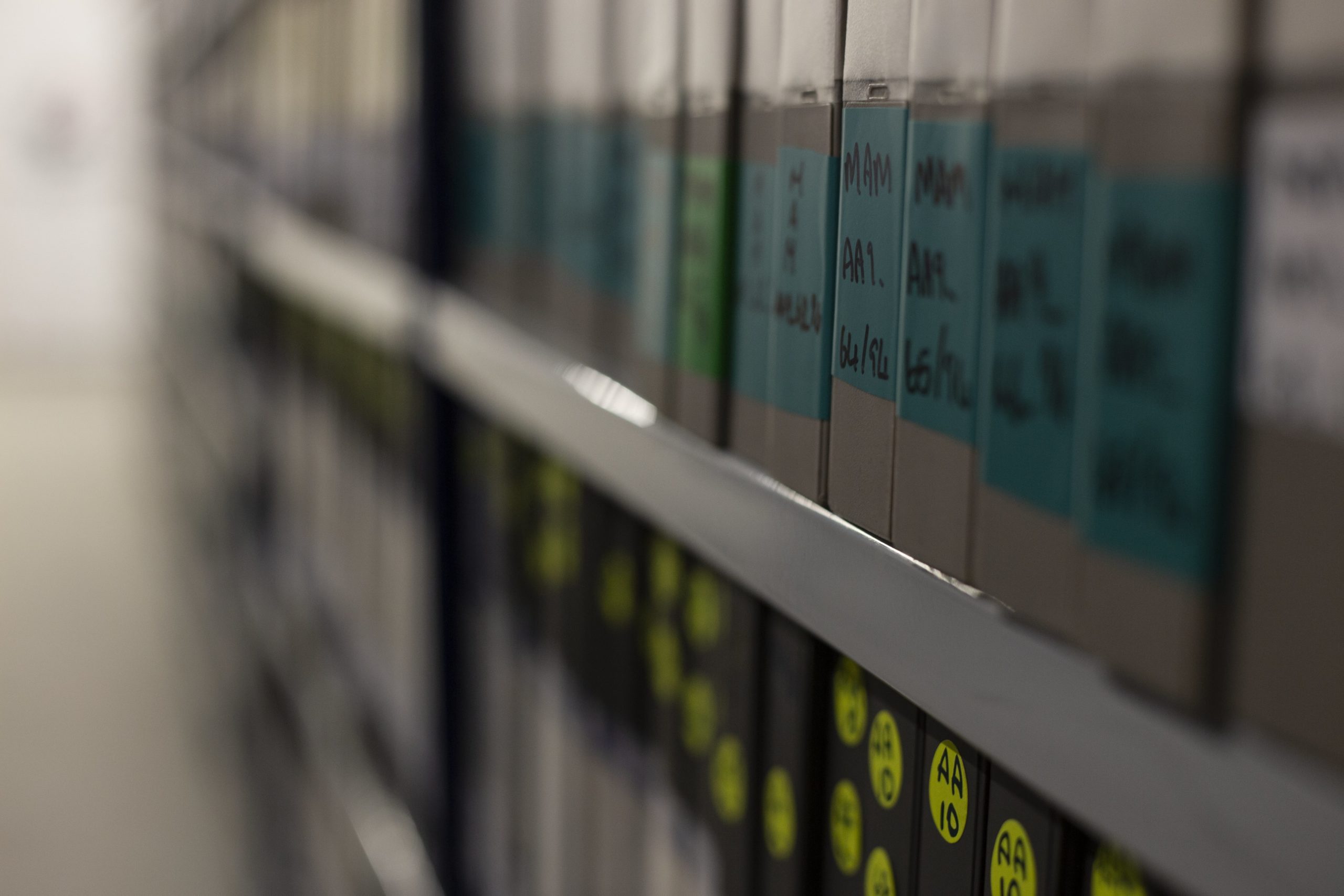Analogue and digital media refer to different technologies that are used to convert and transmit information, such as audio or video, usually through electric signals. The difference between analogue and digital media is in the way information is encoded.
In analogue media, data is converted into electric pulses of varying amplitude, which can be represented as a continuous wave on a graph. On the other hand, in digital media, the same data is converted into discrete pulses, called bits, which exist only as two different amplitudes represented in binary format (zero or one).
Until the invention of computers at the beginning of the 20th century, analogue instruments dominated the fields of science and technology. The advent of digital machines brought about a revolution in the types of equipment used; an effect which was felt in every area of human activity, including photography and cinema with the introduction of digital cameras and storage media.
Computers work by performing digital computations, so they can only read digital media. Any analogue data inputted into a computer must be “digitised” or converted into digital code (bits) so that it can be viewed and edited like any other computer file.
This is the gist of the work carried out by Malta Audio Visual Memories at the PBS archives. The team takes old footage stored on analogue media, such as video cassettes and film reels, and converts it to digital signals which can be processed by computer software.
Although digital media is more portable, easier to copy and edit, and doesn’t degrade like analogue media, there are certain drawbacks to keep in mind. The conversion from analogue to digital formats isn’t always perfect, and there may be some loss of quality during the process.
The MAVM video editors use advanced video editing software to detect these flaws and fix them to improve the quality of the output. The final result is a video clip which can be uploaded to our website and on social media, where people from all around the world can watch it on their phones and laptops, and share it with their friends in a click.

